Writing by | Roomy
Editing|Zhou Changxian
Survival is a skill.
However, not all companies have the opportunity to save themselves like Qing Shan Holdings Group did with “Drama”.
The second listing of NIO in Hong Kong, as well as the partnership between Honda and Sony, not only represents an exploration of the future, but also a self-rescue exploration in response to the changing times.
The road is long and arduous.
Can Qing Shan Holdings Group Escape the “Financial Massacre” While Being Hunted Down?
For Qing Shan Holdings Group, the past few days have indeed been a “Drama”.
Here is a simplified recap of the process:
-
As a major customer of Russian nickel mines, Qing Shan Holdings Group took a risk control method by opening a short position of 200,000 tons of nickel in London to reduce price fluctuations and contract risks.
-
Then, London suspended Russia’s delivery qualifications. To some extent, nickel from Russia was the ballast stone that allowed Qing Shan to dare to open the short position.
-
Qing Shan Holdings Group could not provide the corresponding inventory for its short positions and was targeted by Jinchuan Group, which began to demand delivery.
-
Subsequently, the price of nickel in London surged 90% overnight, and with leverage, Qing Shan Holdings Group faced enormous risks. The hedging positions might lose several years of profit.
-
The incident spread to an important partner of Qing Shan Holdings Group, Huayou Cobalt, and it plummeted several minutes after opening. Since nickel mines for new energy vehicles account for a high proportion, other lithium mines and raw materials may also be targeted. Therefore, a large number of new energy companies such as Tianqi Lithium and Ningde Times fell, and the entire resource stock company was affected.
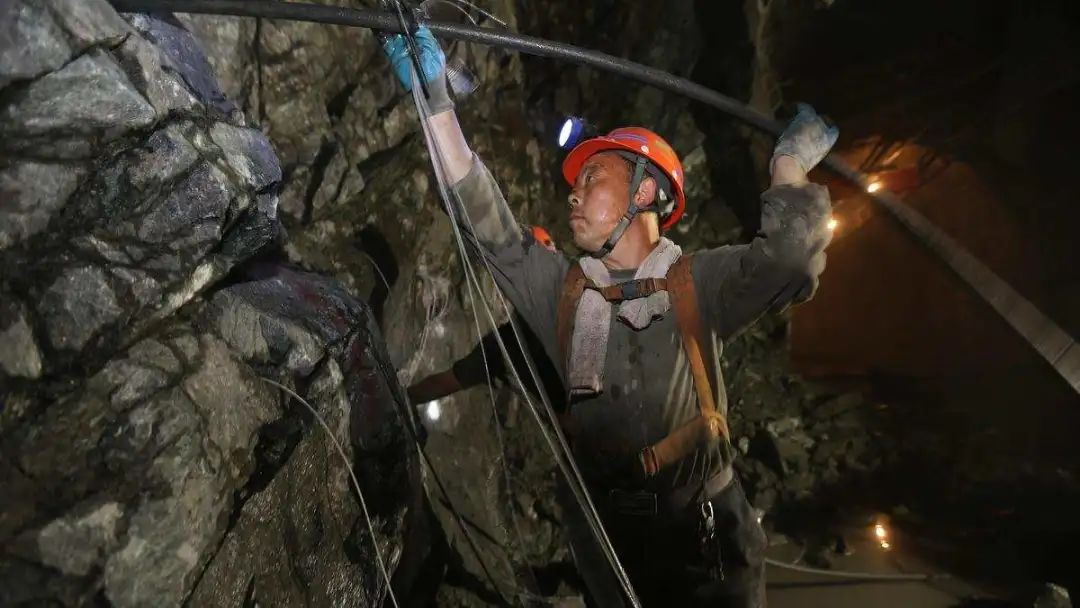
The huge short positions alerted international financial sharks. Besides, what Qing Shan Holdings Group produces and holds for the long term is nickel-iron and high-nickel ice, not the pure nickel recognized by the London Metal Exchange. Under various factors, Qing Shan Holdings Group was exposed to rumors of sniper attacks and potentially massive losses.
Holding a short position means controlling losses under both rising and falling nickel prices. The key is the balance between the number of short positions in futures contracts and the amount of spot holdings. With the sanction on Russia’s pure nickel, which does not have delivery qualifications, once futures contracts reach their delivery date, Qing Shan will have no enough pure nickel to provide.
Several days before the delivery date, international capital pushed up the price of pure nickel like crazy, which rose three times in two days, and the price trend was jaw-dropping. When nickel opened on March 7, its price was less than $30,000 per ton. Within two days, it rose by 248%, and reached over $100,000 per ton at its highest.
In the situation of holding a large number of short positions and difficult to take inventory, pushing up nickel prices like crazy once there is any difficulties to take spot shipments, Qing Shan Holdings Group could only purchase at a high price from other places to complete the delivery as planned, or face high liquidation costs. If all short positions are liquidated, Qing Shan Holdings Group’s estimated losses could exceed tens of billions of dollars.
So, this is called a “financial massacre”.
Cai Jianyong, Chairman of Ningbo Liqin, a nickle trading company, said: “We are like a small animal watching a elephant being bitten by bloodthirsty people.” According to media reports, Jinchuan Group led this round of squeezing of the London nickel market.
Under the unpredictable situation, Qingshan Group welcomed a buffer. Under pressure, this epic squeezing war triggered the London Metal Exchange (LME) to announce the cancellation of nickel trading until March 11th.
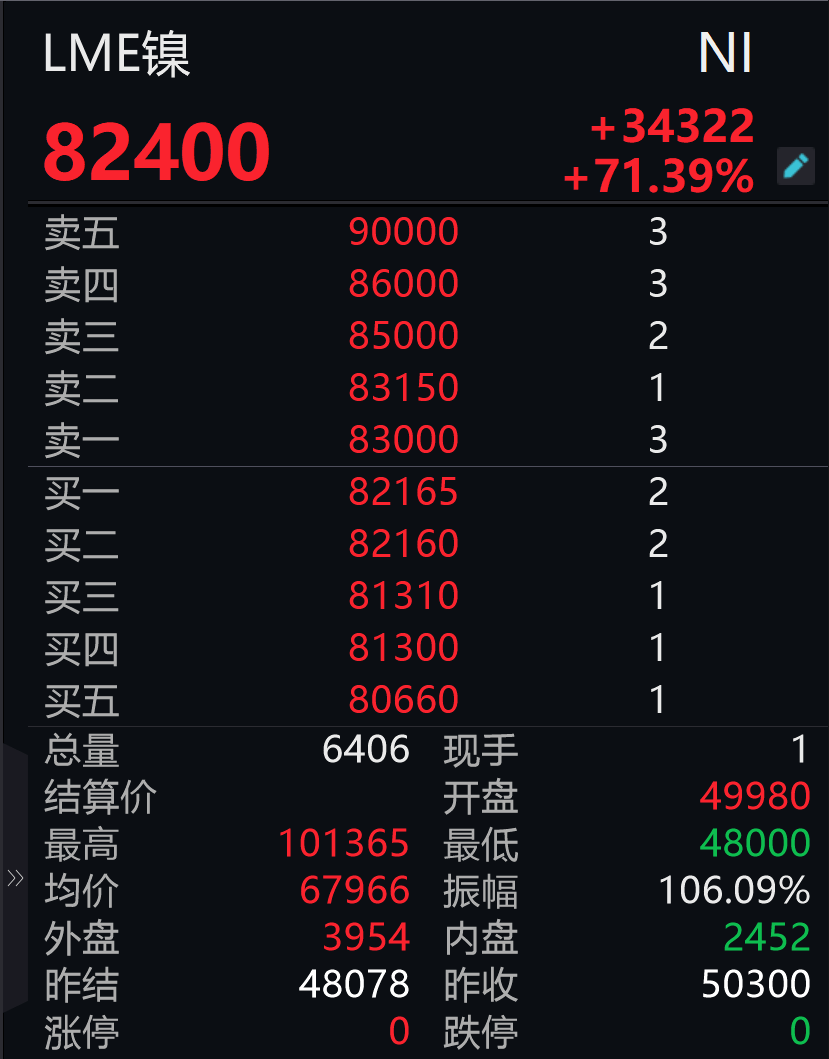
Just as there were concerns about whether Qingshan Group could raise enough cash to deliver the spot during the trading suspension, the situation took a turn. Qingshan Group responded that it had deployed ample spot goods for delivery by using its own Gaobing nickel to replace domestic metal nickel plates through various channels.
Currently, LME continues to postpone the resumption of nickel trading. LME said that the prerequisites for reopening nickel trading are: first, the security operation procedure can be realized after reopening; second, the possibility of prudently evaluating the safety of long and short positions before reopening.
However, the conditions have not yet been met.
Currently, there are two 16-story twin glass curtain wall buildings located in the center of Longwan District, Wenzhou, which is the headquarters of Qingshan Group. The “forced warehouse rumor” does not seem to have affected the Wenzhou headquarters of Qingshan Group, everything is as usual.
The “squeezing” incident has not come to an end. Communication and games among relevant interest parties, including financial institutions, LME, and both long and short positions, are still continuing.
Returning to Hong Kong for listing, NIO not raising money?
On March 10th, NIO officially launched trading on the Hong Kong Stock Exchange, with its stock code 9866. This is NIO’s second listing, and Morgan Stanley, Credit Suisse, and CICC are the joint sponsors of this IPO.
It is no longer a new thing for new energy vehicle companies to return to Hong Kong for a second listing. XPeng and Ideal completed this process last year. However, for Li Bin, he has been waiting for this day for a long time. In fact, a year ago, NIO had applied to return to Hong Kong for listing, but XPeng and Ideal were faster.
In July last year, XPeng was the first to knock on the door of the HKEx. The stock price closed at HKD163.3 per share on the first day of listing with a total market capitalization of HKD276.419 billion. It is reported that the return to Hong Kong for listing was achieved through “dual listing”.
Ideal followed suit. In August last year, Ideal was listed on the Hong Kong Stock Exchange. Similar to XPeng, the stock price fell below the issue price on the first day of listing, and finally closed at HKD117 per share, with a market value of HKD240.067 billion.
NIO Hong Kong secondary listing utilizes “introductory public offering” method
During its second Hong Kong secondary listing, NIO adopted the “introductory public offering” method, which does not involve new share issuances or fundraising. Unlike XPeng and Li Auto, which also debuted on the Hong Kong stock exchange through “dual-listing” and raising capital, NIO is solely seeking a secondary listing.
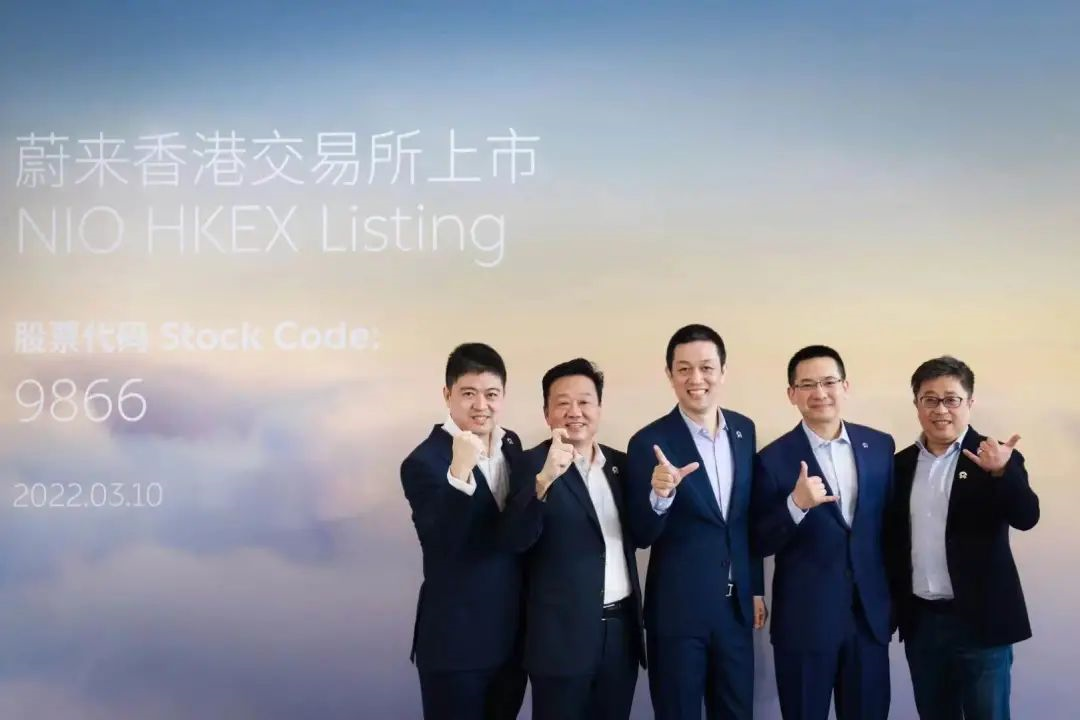
As for why NIO chose this method, the company explained in its announcement that “as of the end of the third quarter of 2021, the company had cash reserves of approximately RMB47 billion, and completed financing of US$2 billion in the fourth quarter of the same year. The company has sufficient cash reserves and no urgent need for short-term financing.”
The method that doesn’t involve new share issuances or fundraising allows for a quick listing process that took around two months from submission to official listing. NIO said, “This is to provide investors with an alternative trading venue, mitigate geopolitical risks, expand the investor base, and achieve the listing objectives without diluting the interests of existing shareholders.”
Therefore, the question arises, “Is NIO really not short of money when it doesn’t raise funds during its second listing?”
From a certain perspective, NIO’s second listing highlights a relatively sufficient cash reserve. Furthermore, with increasing uncertainty in the capital market and Chinese concept stocks subject to “Bloodbath,” NIO took accelerated action by returning to the Hong Kong stock exchange.
However, according to industry insiders, companies that go public using the “introductory public offering” method can raise funds six months later. This is a fact hidden behind “introductory public offering,” and making money remains a challenge for NIO. The real performance pressure facing NIO lies in its bet with the strategic investment party.
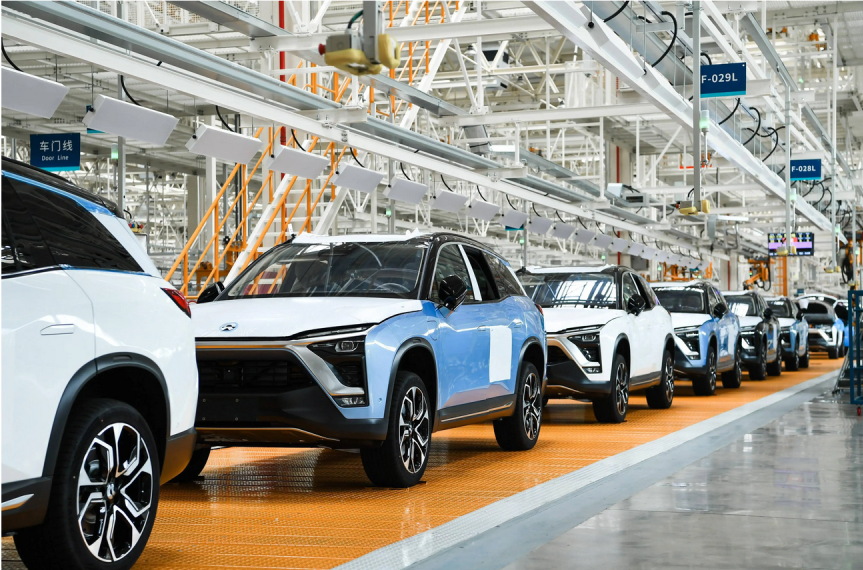
In April 2020, NIO and Hefei’s State-owned Assets Supervision and Administration Commission reached a strategic partnership, and the Hefei side invested RMB7 billion in NIO China. Hefei requires NIO to fulfill performance commitments beyond IPO, including a revenue of RMB14.8 billion in 2020 (from three models), a revenue of RMB120 billion by 2024 (from six to eight models), a total revenue of RMB420 billion from 2020 to 2025, and total taxes of RMB7.8 billion.
Based on NIO’s 2020 revenue of RMB16.3 billion, it needs to grow six times in four years to achieve the 2024 revenue target.
NIO needs to come up with more chips to fulfill its bet.According to the prospectus, NIO’s new model ET7 will be officially launched and sold at the end of this month, and another model ET5 will also be launched in September this year. In addition, a brand new ES7 will be released. With an increasing number of models, Li Bin seems to be prepared.
However, NIO’s sales fell out of the top three again in February, which is the sixth month of being surpassed by Xpeng and Ideal. Li Bin needs to explore NIO’s “survival” pace again.
Honda and Sony’s Strong Alliance: Rescue Each Other or Just Stronger Together?
Recently, another new player has joined the smart electric vehicle field. However, this strong alliance has been jokingly referred to as mutual rescue.
Japanese manufacturing giant Honda and Sony Group announced that they will establish a joint venture company and aim to start selling electric vehicles in 2025. The two sides have signed a memorandum of understanding. Honda will mainly be responsible for vehicle driving performance, manufacturing technology, and after-sales service management, while Sony will be responsible for developing entertainment, network, and other mobile service functions.
Industry insiders are not surprised by this cooperation. The combination of traditional automakers and tech companies has long been commonplace. Xiaomi, Baidu, Alibaba, Apple, Huawei, and many other tech companies have already entered the field of electric intelligent vehicles.
What does this joint venture mean for Sony and Honda as they embark on a “new force in car-making”? What impact will it have on the Japanese auto industry? Regardless of the outcome, it is an important step forward for the Japanese auto manufacturing industry.
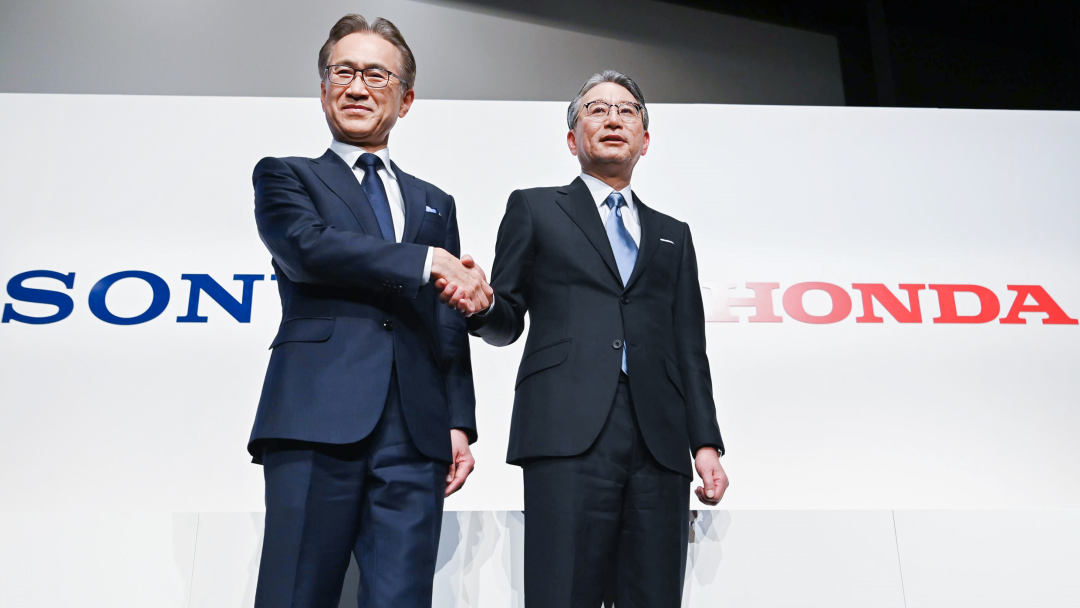
In fact, this cooperation was initiated by Honda. Japanese automakers who have experienced the pain of splitting do not want to be left behind by the times. They have to choose to transform positively in the face of electrification. Honda has been unable to restrain its attacking pace for a long time.
Honda CEO Toshihiro Mibe said, “Although Sony and Honda have many similarities in history and culture, our technological expertise is completely different. Therefore, I believe that this alliance will combine the advantages of our two companies and provide great possibilities for the future of mobile travel.”
For Sony, this may be a good opportunity to redefine automobiles. Sony Group President Kenichiro Yoshida said, “Through cooperation with Honda, which has advanced technology in the automotive industry, we will contribute to the evolution of transportation.”
Japanese automakers, who have dominated the traditional manufacturing field for a long time, have been considered lacking in rhythm in the field of new energy. Transformation is imperative. Manufacturing is Honda’s strong point. Choosing to collaborate with Sony, which has advantages in intelligent software, can greatly shorten development cycles and reduce development costs, and complement each other’s advantages.
Saubhagya Tripathi mentioned that the new joint venture has no relation with Honda brand and its existing electrification strategy, but collaboration with a technology company is crucial for business innovation. The innovative technology and measures during the collaboration may feedback to Honda’s products.
At the same time, it is also a “self-rescue” for Sony.
Over the past few decades, Japan’s electronics industry has experienced a “complete collapse”, with “falling behind” becoming the key word for Japanese companies’ development. Whether it is television, communication, computers, or semiconductors, none of them have been left behind by the times. Sony, Sharp and other companies that used to stand on the altar began to struggle between internationalization and localization. “Glocal”, a word composed of “Global” and “Local”, is the synonym for many once glorious Japanese companies.
Sony, to go global again, must find a new path of exploration, and the idea of making cars has long been there.
As early as 2017, Sony’s executive director Kawahishi Izumi told then-president Toki Hiroki: “The structure of the car is changing from mechanical to electrical, and software is needed to control it. Isn’t this Sony’s advantage?”
Previously, at the CES exhibition, Sony showed two concept cars, Vision-S 01 and Vision-S 02 SUV. However, due to the lack of infrastructure and experience in car manufacturing, Sony did not explicitly state that it would actually produce a car product.
With technology companies entering the automotive industry, Japan’s traditional division of labor system and industrial pattern in the automotive industry began to be impacted. Toyota executives once told The Wall Street Journal that traditional automakers are losing their advantages.
“Our competitors are no longer just car manufacturers, but companies like Google, Apple, and even Facebook.” The situation is changing, the industrial pattern is deeply expanded, and Akio Toyoda is worried.
As soon as the news of Honda and Sony teaming up to create cars came out, many netizens urged Toyota to also go find Matsushita for mutual rescue.
This article is a translation by ChatGPT of a Chinese report from 42HOW. If you have any questions about it, please email bd@42how.com.
